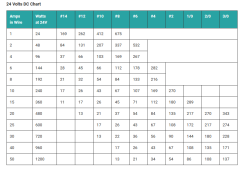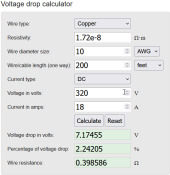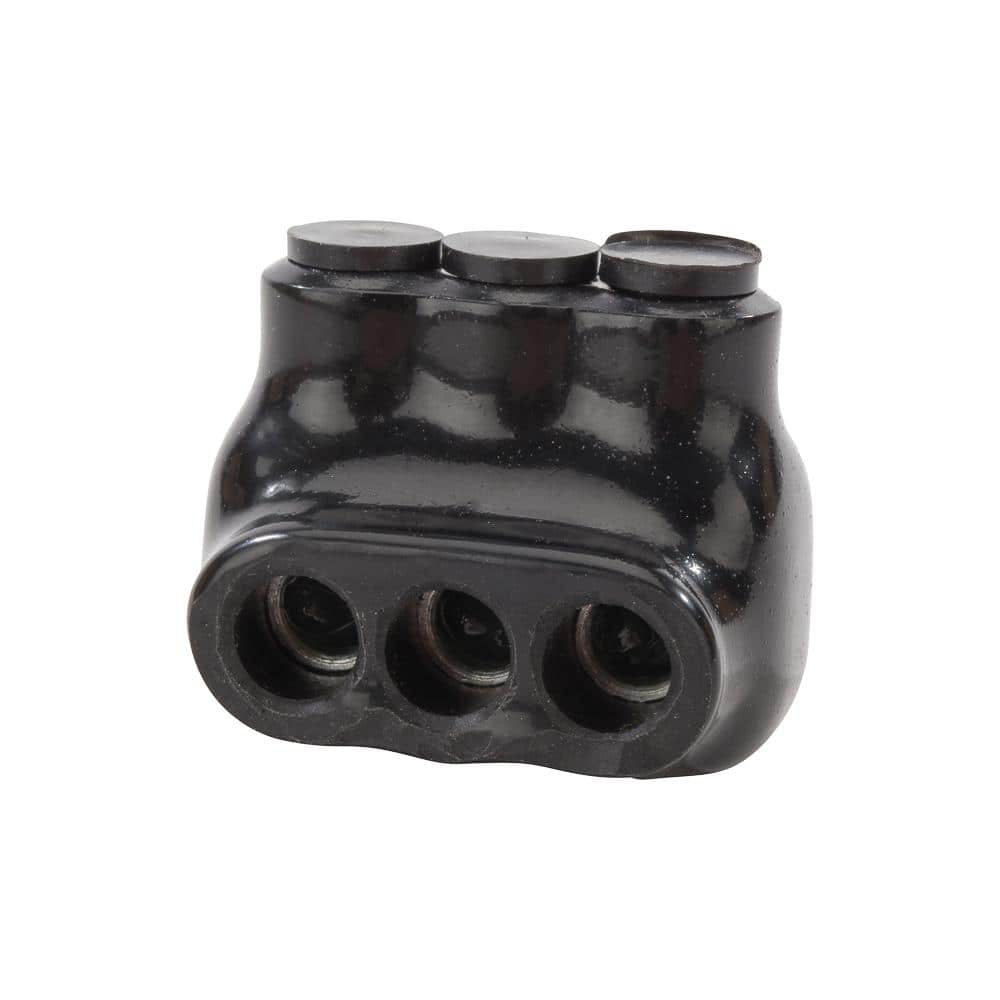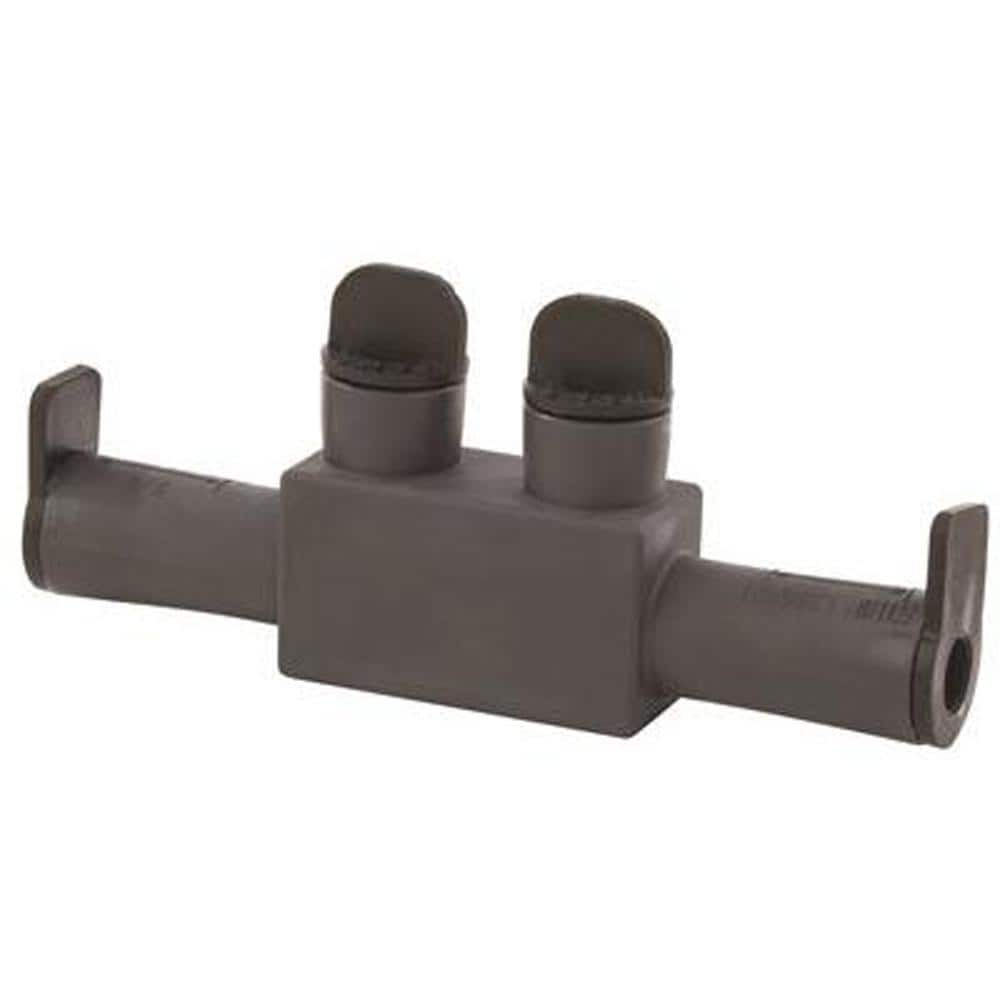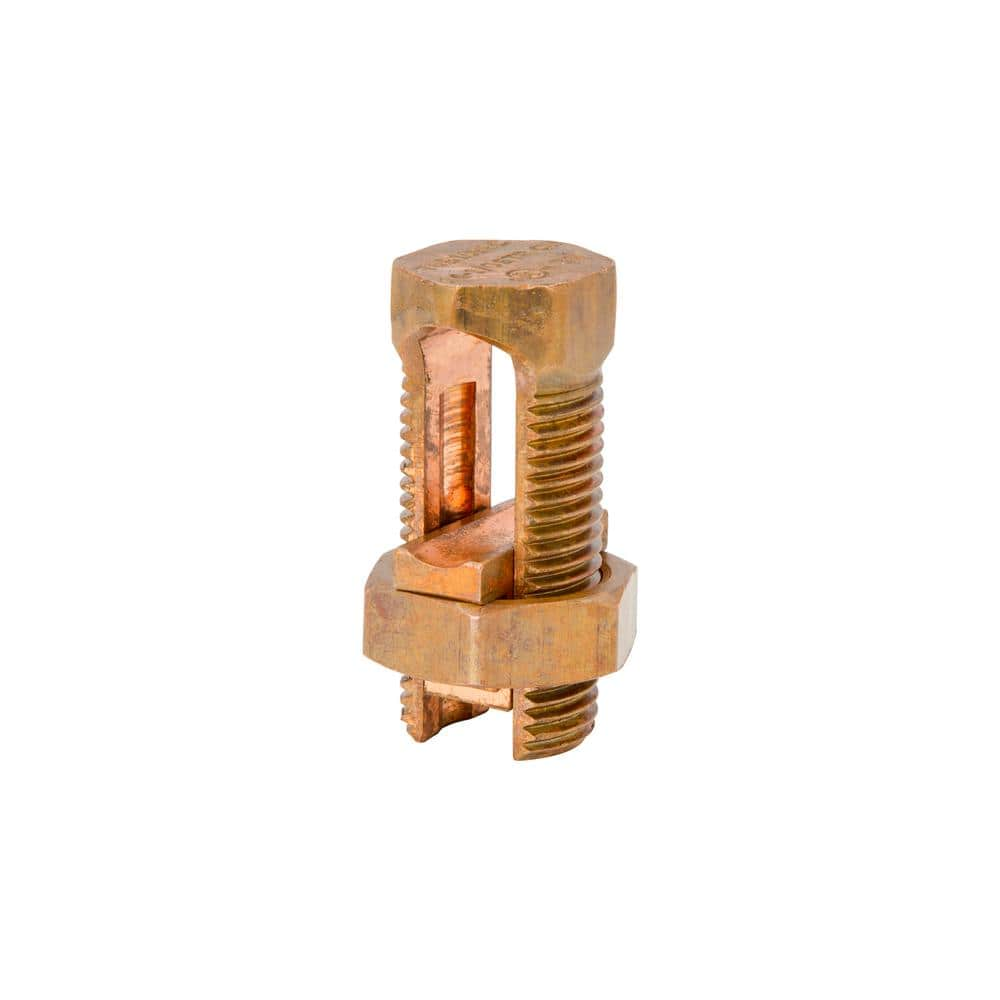Hi from Colorado. I am new to the forum, and found it because I am in the initial stages of planning an off-grid PV setup for a mountain cabin. Initial system is planned to be 6KW of panels, a Sol-Ark SA-12K inverter, and several EG4 batteries. I'm sure I will have many questions for the group, but the current one involves transmitting the DC from the panels to the inverter, which will be over a distance of about 200 ft. I plan to have 8 panels in series in each of two parallel strings (perhaps REC REC370TP2SM72 375W, 40.1V, 9.4A). Total amperage 18.8, total voltage 320.8. System voltage is 48VDC. Wiring at the panels is of course 10 AWG, and the Sol-Ark takes 10 AWG on the PV inputs. Transmitting over the 200 ft distance requires #2 wire to minimize voltage drop. I would like to put a panel disconnect out by the panels, and another inside by the inverter so I can disconnect at either end for service. I was hoping to find a fusible disconnect that would allow 10 AWG and #2 connectors on opposite lugs so I could connect the panels on one side of the disconnect and the wire for the long run on the other side. Failing that, I could use a 10 AWG disconnect at the panels and then buy/make some sort of lugged outdoor box to connect the 10 AWG to the #2 wire.
So, the questions are: Is what I'm describing a sound plan? If so, is there a recommended disconnect? Does the collective wisdom on this forum have a better approach to what I am describing?
Thanks in advance.
So, the questions are: Is what I'm describing a sound plan? If so, is there a recommended disconnect? Does the collective wisdom on this forum have a better approach to what I am describing?
Thanks in advance.



